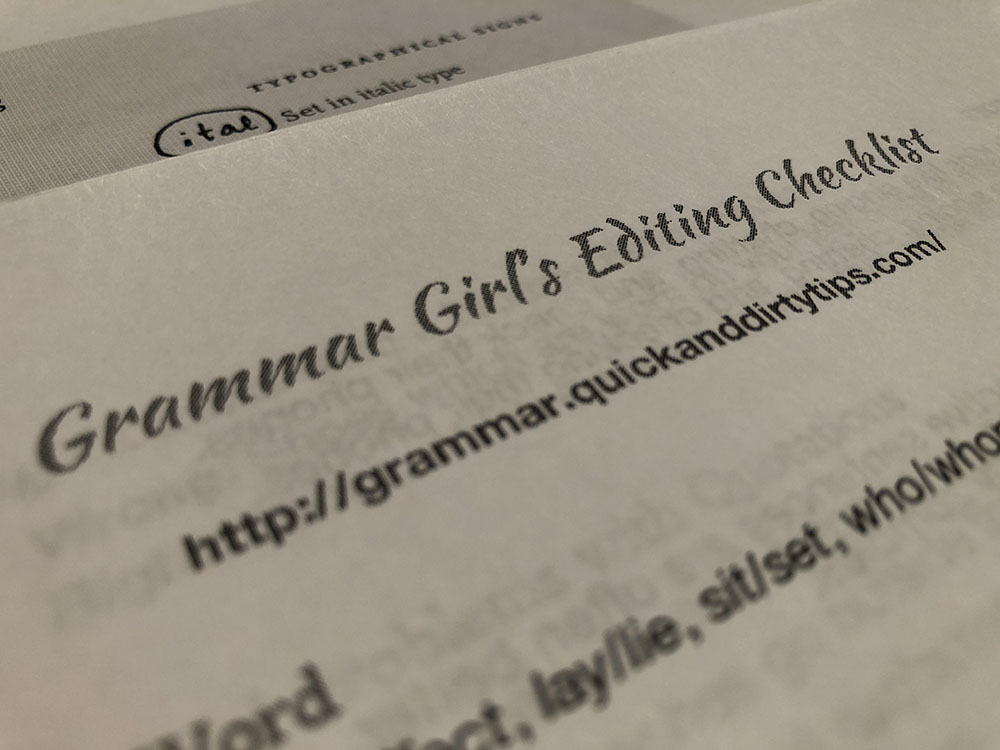There are several different types of editing, but the two main edits that happen for the majority of books are developmental edits and copyedits. For many editors, there is a strict line between the two, but this line is easy to cross when they become enveloped in the manuscript. Here are some tips on spotting the difference and knowing what each manuscript means.
Developmental edits happen in the very beginning stages of the writing process. According to Tucker Max at Scribe, developmental editing looks at the bare bones of a manuscript, allowing an editor to see the big picture of the book and know what needs to change. This means editors ensure that arguments are consistent throughout the book, that plot lines tie up, and that ultimately everything flows as it should. In short, developmental editors:
- Make sure the big picture of the manuscript makes sense and remains consistent.
- Organize the plot and content of the book.
- Highlight scene changes and character shifts.
- Ensure that the plot and characters of the book are as polished as they can be.
- Provide manuscript feedback and commentary on the whole book.
How does this differ from a copyedit? Reedsy describes a copyedit as bringing the completed manuscript to a more professional level. In doing this, a book will be coherent, concise, and correct in all forms. So, where a developmental editor will look at the big picture and overall progression of a manuscript, a copyeditor looks at the nitty-gritty, minute details that give a book that polished look we see on bookshelves. To sum it up, copyeditors look at:
- Spelling, grammar, and capitalization. They often track this with a style sheet, which indicates the publishing house’s chosen style guide, like the Chicago Manual of Style or MLA, as well as an in-house guide, and the specific terms and writing style that the author uses and should be consistent in the manuscript.
- Word usage and repetition, as well as usage of numbers. This information also belongs on the style sheet, but is more specific and often strictly follows a style guide. Noting how these are used helps the copyeditor ensure consistency.
- Point of view (POV). It is very easy to miss a shift in POV when an author stares at a manuscript for hours on end. Copyeditors make sure that POV and tone doesn’t take an unusual shift throughout the book.
- Inconsistencies. This can be in locations, characters, spellings, etc. Copyeditors find and correct inconsistencies to the best of their ability to create a polished manuscript.
These editorial jobs might appear easy to differentiate, but there are small crossovers in each position that often allow editors to cross the line in their job. When a copyeditor is entranced in correcting inconsistencies, they can get trapped in suggesting rewrites and spending too much time leaving comments on plot, which is the job of a developmental editor. Sometimes a developmental editor can be so distracted by the grammatical errors that they end up scanning the whole manuscript before proceeding to plot hole corrections. In each case, it’s easy to get swept up in the moment, but there is a line that editors should respect (for themselves and the author) and know when to return to their specified job for the project.

